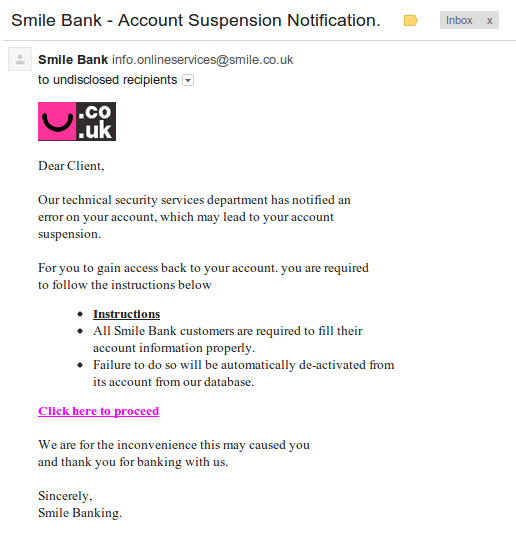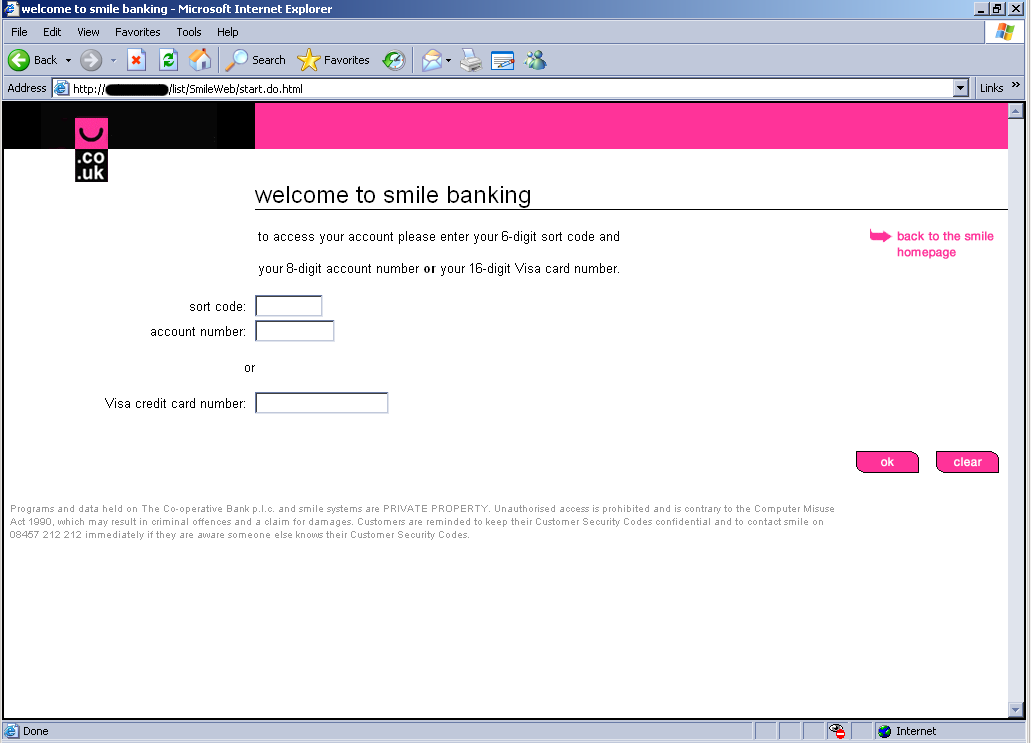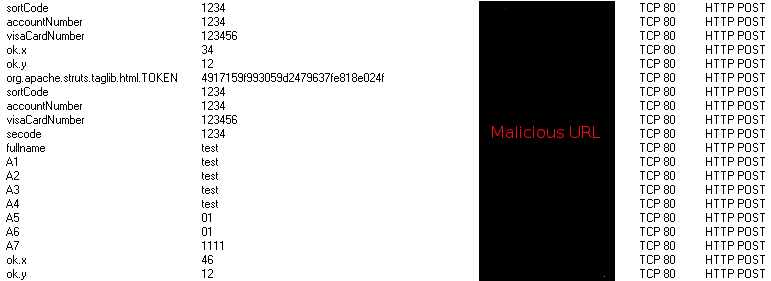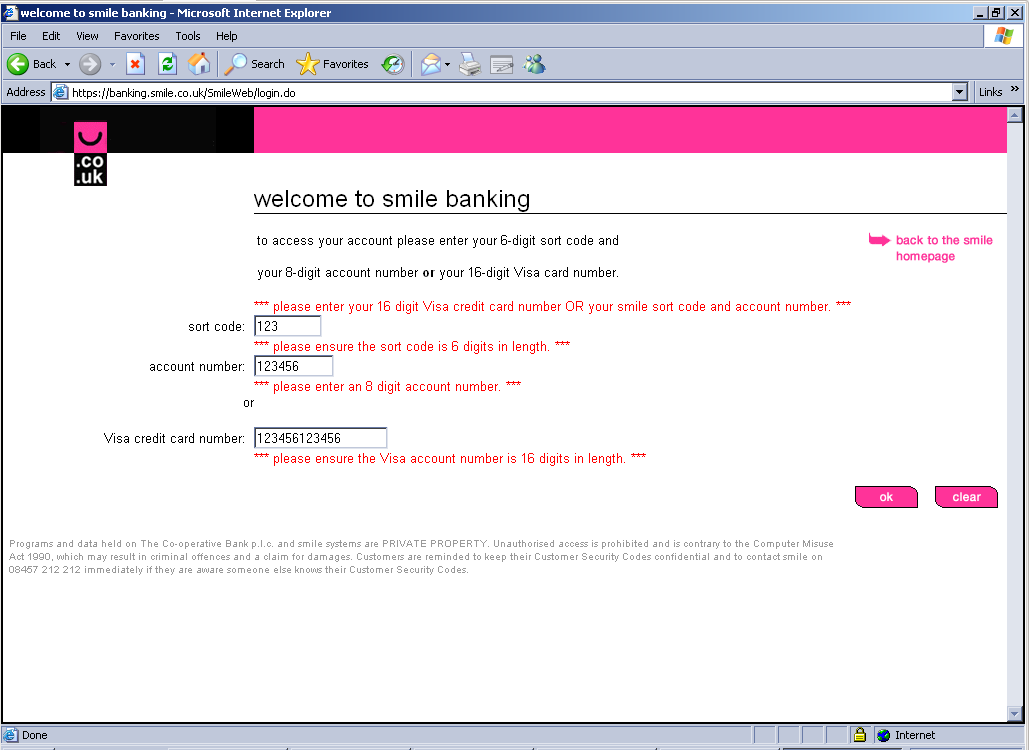In the midst of the holidays season, cybercriminals are currently spamvertising tens of thousands of malicious “Flight Reservation Confirmations“, in an attempt to trick users into clicking on the link found in the fake emails. Once they click on the link, users are exposed to the client-side exploits served by the latest version of the Black Hole Exploit Kit.
More details:













